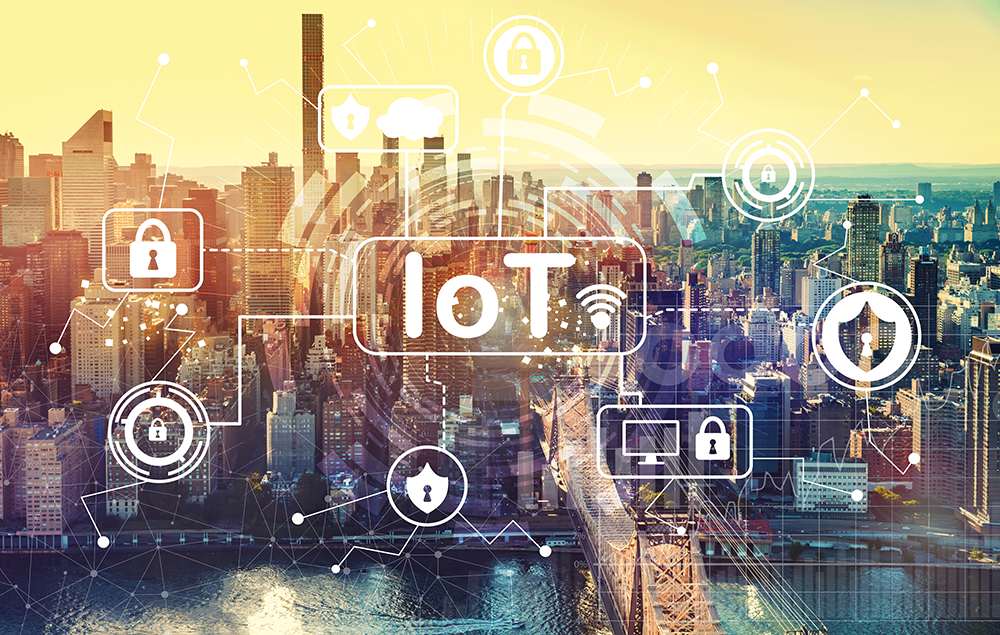With IoT creating unprecedented opportunities for organisations to transform their businesses, we asked Michel Amous, of InterSystems, how enterprises can deploy data from IoT devices to pursue growth.
The IoT revolution is creating unprecedented opportunities for organisations to transform their businesses, deliver new services, increase revenues, reduce costs and delight their customers.
In its report titled: Unlocking the potential of the Internet of Things, McKinsey estimates that the total economic impact of the IoT will reach between $3.9 trillion and $11.1 trillion annually by the year 2025.
In the world of healthcare, IoT applications are improving patient outcomes as well as providing operational enhancements to organisations. For example, they are facilitating predictive maintenance instead of preventive maintenance, based on historical analysis and real-time measurements.
This can minimise failure rates for critical devices, thus improving device and machine utilisation rates and reducing loss.
However, the diversity and scale of the Internet of Things (IoT) will require many organisations to re-architect their data to enable support for multiple devices, data formats and new approaches to analytics.
There are distinct challenges to accomplishing this – in most instances this requires data to be ingested, curated and analysed from millions of endpoints. Meanwhile, there has been a strong drive to handle both operational and analytical needs in the same platform to reduce complexity.
In a report InterSystems commissioned to help understand the future of IoT, The Role of Operational Analytics and Interoperability in the Era of IoT, we’ve identified three major types of data that come together to make up the IoT: metrics and measures (metadata and state), transactions (commands) and diagnostics (telemetry).
Enterprises need to understand how these different types of data can be brought together to add value in new ways. This will impact the way that companies ingest data into a data platform and subsequently analyse it.
Organisations deploying IoT need to rethink how they can optimise analytics and consider multi-model, extremely scalable data platforms with flexibility to process multiple data formats and the agility to evolve to meet changing requirements.
One such example is the InterSystems IRIS Data Platform. It is a comprehensive, multi-model, multi-workload data platform that is ideal for accommodating the challenging requirements of applications for the IoT. It is a complete platform for developing, executing and maintaining IoT applications in a single, consistent, unified environment.
InterSystems IRIS Platform incorporates a proven enterprise-grade transactional multi-model database that is designed to work with data on a massive scale and provides the flexibility to store the incoming data in the most appropriate format.
While the future of IoT is bright, it’s crucial that enterprise organisations consider the right kind of data platform – one that can accommodate the challenging requirements of high throughput and scale associated with IoT applications.


